
While the novels of Jane Austen might and upper class gaiety disgruntlement was rumbling beneath the surface across the country - and, during this tail end of the Georgian era, it often erupted in violent, sometimes lethal protest. Not that Austen herself completely ignored what was happening in the country beyond Barton Cottage and Netherfield Park.
For instance, her fifth novel, Northanger Abbey, refers to the unrest erupting in England's larger cities. Although she writes about a riot as suggest an endless schedule of middle- imagined by one of the characters, the rather visceral description depicts: "a mob of three thousand men assembling in St George's Fields, the Bank attacked, the Tower threatened, the streets of London flowing with blood". Whether real or imagined, Austen's inspiration for this tableau does seem to have come from real-life events. The episode appears to be a conflation of at least two separate disturbances that occurred prior to Northanger Abbey's publication.
In 1808, perhaps 6,000 weavers from the local - and rapidly growing - textile industry in Manchester gathered in St George's Fields to protest about the lack of a minimum wage in their trade. Eight years later, not long before Austen's novel was published, another riot broke out in London at the end of a hitherto peaceful protest. During the violence, the rioters even planned to attack the Tower of London - so it was surely not mere coincidence that Austen's imagined account of the unrest included the Tower being "threatened".
FIGHTING FOR FAIR PAY
The weavers' protest in Manchester may have been violent but it did achieve a modicum of success. Though dragoons were called in to restore peace (and one protester died during this response), the rioting was replicated in surrounding towns in Lancashire, and the weavers won a small concession in the form of a modest rise in their wages.
この記事は BBC History Revealed の October 2023 版に掲載されています。
7 日間の Magzter GOLD 無料トライアルを開始して、何千もの厳選されたプレミアム ストーリー、9,000 以上の雑誌や新聞にアクセスしてください。
すでに購読者です ? サインイン
この記事は BBC History Revealed の October 2023 版に掲載されています。
7 日間の Magzter GOLD 無料トライアルを開始して、何千もの厳選されたプレミアム ストーリー、9,000 以上の雑誌や新聞にアクセスしてください。
すでに購読者です? サインイン
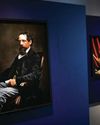
'Dickens's evocation of the fears, excitement and confusion of childhood is peerless'
DR LEE JACKSON ON WHY CHARLES DICKENS REMAINS RELEVANT TODAY
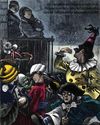
THE AUTHOR GOES ABROAD
Dickens expanded his horizons and boosted his fan-base by venturing overseas - but global fame came with a cost
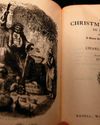
REVIVING THE FESTIVE SPIRIT
A Christmas Carol wasn't just a bestseller - it changed the way that Britons chose to mark the festive season

GIVING THE POOR A VOICE
From Hard Times to Oliver Twist, Charles Dickens used his pen to help illuminate the lives of the less fortunate
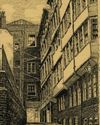
A JOURNEY THROUGH DICKENS'S LONDON
The works of Charles Dickens are synonymous with visions of Victorian London. We talk to Dr Lee Jackson about the author's love of the capital, and the locations that most inspired him
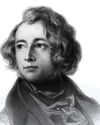
EXCEEDING EXPECTATIONS
Dr Lee Jackson chronicles Charles Dickens's journey from down-at-luck teenager to titan of Victorian literature
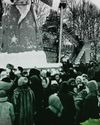
GIFTS, TREES & FEASTING
We take a journey through the photo archives to reveal how Christmas and its many traditions have been celebrated over the years - and around the world
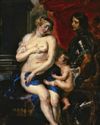
WHAT GREAT PAINTINGS SAY
We explore the story behind an allegorical painting that celebrates the triumph of love over hate, peace over war
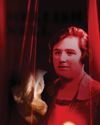
HELLISH NELL
Malcolm Gaskill delves into the life of Helen Duncan - the fraudulent Scottish medium whose ectoplasm-filled seances saw her ending up on the wrong side of the law
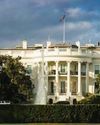
7 THINGS YOU (PROBABLY) DIDN'T KNOW ABOUT THE WHITE HOUSE
Presidential historian Dr Lindsay M Chervinsky reveals some of the most surprising facts about the world-famous US residence